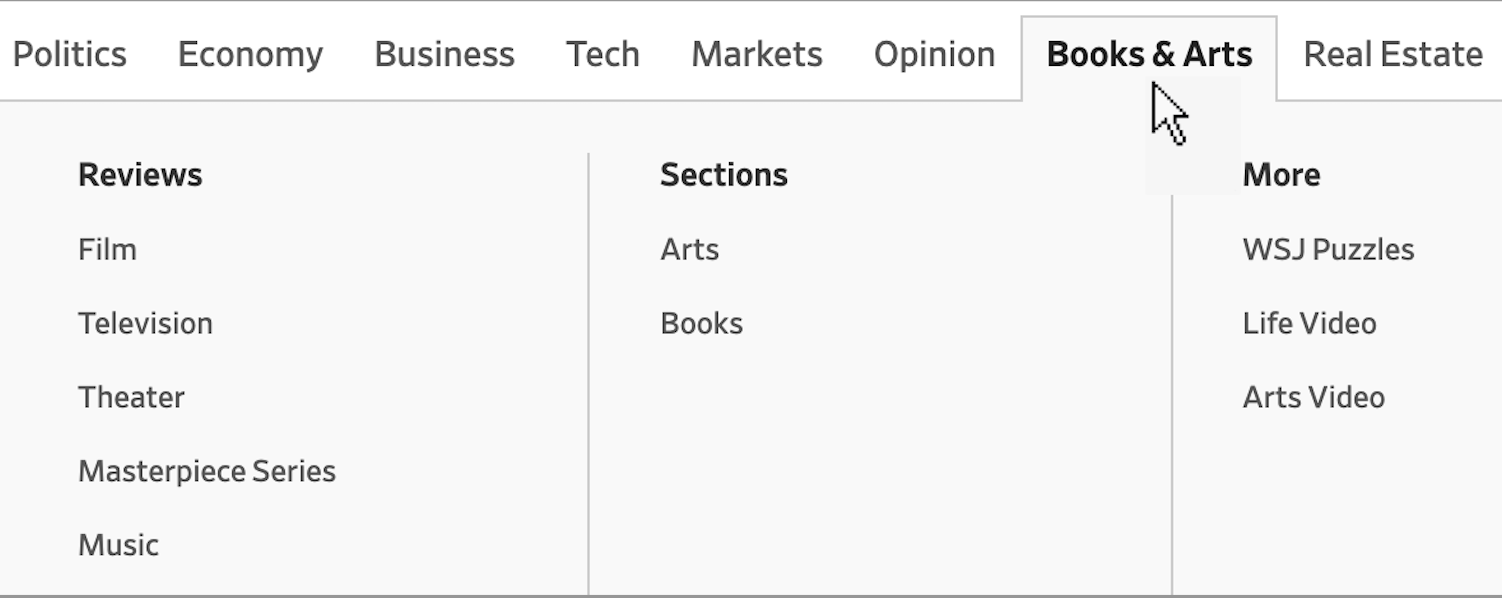Learning WordPress -
Creating a Good UX

Learning WordPress
Creating a Good UX


/en/learning-wordpress/getting-set-up/content/
You may have seen the abbreviation UX on the web. UX stands for user experience, or the experience a person has when visiting your website. Is it easy to navigate? In other words, is it clear how to get from one page to another? Is the text readable?
Let’s go over the elements you should focus on to create a positive UX…
Choosing a theme
A WP theme refers to the template or design of a website. The theme you pick affects the look and feel of each page. Do you want your site to be modern, fun, or something else? If your content is tech-focused, for example, you’re definitely going to want a different vibe than a nature blogger.
Check out the free themes first, and then go from there. For some of the templates, you can only control colors; with others, you can change more details like the font. Try playing around with these elements in the customization platform.
As you modify your theme, don’t forget to continually preview it in both desktop and mobile modes. What the page looks like on a regular computer screen will be different from what it looks like on a phone.
Designing a menu
In addition to selecting your theme, you’ll also need to build a menu for your website. Typically menus are placed either at the top of the page, or on the far left-/right-hand side. A menu should link to your home page, as well as the major categories.
Categories are a collection or set. Think about them from the perspective of someone visiting your site: if the person is looking for something, they should be able to easily figure out where it might be located.
For instance, on a shopping site, categories might include Dresses, Pants, Tops, and Accessories. On a health blog, you could have Nutrition, Fitness, and My Personal Journey.
On a larger website, a menu can have several categories, which then unfold into more specific ones called "sub-categories." That's what we see here, on this major news outlet's site:

As a general rule of thumb, it shouldn’t take more than a few clicks to get to any page on your site. You can find a step-by-step guide for designing a WP menu here.
Understanding tags
You might've heard of tags, which are different from categories. Tags highlight key aspects of the content. If you put up a blog post about “10 Good Habits for Aspiring Artists,” your tags could include artist, habits, and motivation. Tags are too specific to be categories, but they still allow users to filter and find the information that they’re interested in.
For instance, if they want to learn more about “motivation” on your site, that might not be a category—but they could click on the tag motivation and it would direct them to other posts that relate to it in some form.
Categories and tags don’t just help users; they also help machines. When a search engine like Google looks at your website, it will use categories and tags to help it choose what to list on its search results page.
Now let’s move on to some pointers for writing content and understanding copyright.
/en/learning-wordpress/content-and-copyright/content/